As the sun begins its slow descent over the Italian peninsula, casting a warm golden glow across piazzas and terraces, a distinct ritual unfolds. It is a time not for the hurried gulp of a drink, but for a deliberate, social pause. This is the sacred hour of Aperitivo, a cherished Italian tradition that masterfully blends the art of the pre-dinner drink with the pleasure of light bites and conversation. More than just a precursor to a meal, Aperitivo is a cultural institution, a daily celebration of transition from the day's labor to the evening's relaxation.
The very word Aperitivo is derived from the Latin 'aperire', meaning 'to open'. This is its primary purpose: to open the stomach and awaken the palate in preparation for the dinner to come. Its origins are often traced back to the late 18th century in Turin, where Antonio Benedetto Carpano first invented vermouth in 1786. This aromatized wine, infused with herbs, spices, and botanicals, was praised for its appetite-stimulating properties. It quickly gained popularity in the city's cafes, laying the groundwork for the ritual we know today. However, it was the genius of Milanese entrepreneurs in the early 20th century, particularly at iconic bars like Camparino in Galleria, that transformed the act of drinking a vermouth into a sophisticated social event, offering small snacks to accompany the bitter-sweet beverages.
The heart and soul of any Aperitivo is, unquestionably, the drink. While a vast array of beverages can be enjoyed during this time, certain classics reign supreme, each with its own history and character. The Negroni, a bold and bracing equal-parts mix of gin, sweet vermouth, and Campari, is a staple for those who appreciate a cocktail with a backbone. Its less intense cousin, the Americano, combines sweet vermouth and Campari topped with soda water, offering a lighter, spritzier alternative. Speaking of spritzes, the Aperol Spritz, with its vibrant orange hue and refreshing blend of Aperol, Prosecco, and a splash of soda, has become a global phenomenon, perfectly capturing the sunny, easy-going spirit of an Italian summer afternoon. Of course, one must not forget a simple, well-chilled glass of Prosecco or other Italian sparkling wines, or a straight pour of a bitter amaro like Cynar or Montenegro over ice. The key characteristic uniting these drinks is a pleasant bitterness, which is believed to be most effective in stimulating the digestive system.
While the drinks set the stage, the food plays a crucial supporting role. The offerings, known as stuzzichini (meaning "little teasers" or "to pick"), are designed to complement, not satiate. The modern Aperitivo spread can range from simple bowls of olives, potato chips, and nuts to elaborate buffets featuring a variety of small dishes. In a traditional Italian bar, you might find platters of cured meats like prosciutto and salami, chunks of Parmigiano-Reggiano and other local cheeses, bruschetta topped with fresh tomatoes and basil, small squares of pizza bianca or focaccia, and arancini (fried rice balls). The philosophy is one of simplicity and quality; the food should be tasty and easy to eat while standing and chatting, never overwhelming the appetite for the main event later.
To reduce Aperitivo to merely drinks and snacks is to miss its profound essence. It is, above all, a social ritual. It is the time of day when friends, family, and colleagues come together to decompress, share stories of the day, debate politics, or simply enjoy each other's company. There is an unspoken etiquette to this ritual. It is a relaxed affair, typically starting anywhere from 6:30 pm to 8:00 pm and lasting for an hour or two. The pace is leisurely. You do not rush your drink; you savor it. It is a moment of dolce far niente—the sweetness of doing nothing. This daily practice reinforces community bonds and provides a necessary buffer between the stress of work and the intimacy of the family dinner table.
The Aperitivo culture has not remained confined within Italy's borders. In recent decades, it has been enthusiastically exported and adapted around the world. From Paris to New York to Tokyo, bars and restaurants now promote "Aperitivo Hour," enticing patrons with the promise of a sophisticated European vibe. While these international interpretations sometimes differ from the authentic Italian experience—often leaning more towards a happy hour with discounted drinks and heavier food—they are a testament to the global appeal of this elegant ritual. The core idea of taking a mindful pause to enjoy a good drink and good company is a universally attractive concept.
For a traveler seeking an authentic Aperitivo experience in Italy, a few tips are invaluable. First, timing is everything. Arrive too early, and the atmosphere will be lacking; arrive too late, and you'll miss the ritual entirely and transition into dinner service. Observe the locals. Notice how they linger, how they engage in animated conversation, and how they graze lightly from the offerings. When you order, do so with confidence. Ask for a classic Italian bitter or a spritz. Remember, you are usually paying a slight premium for your drink, which covers the cost of the accompanying food. It is not an all-you-can-eat buffet but a curated experience. Finally, embrace the mindset. Put your phone away, engage with your companions, and allow yourself to be fully present in this uniquely Italian moment of anticipation and pleasure.
In a world that often feels increasingly fast-paced and digitally saturated, the Italian Aperitivo stands as a beautiful antidote. It is a deliberate, daily invitation to slow down, to engage the senses, and to connect with others in real time and space. It is a celebration of the in-between moments, proving that the anticipation of a meal can be just as fulfilling as the meal itself. From its historic roots in Turin to the bustling terraces of Milan and its newfound popularity across the globe, Aperitivo remains a timeless ritual, a perfect symphony of bitter, sweet, and savory that truly opens not just the stomach, but the heart and mind as well.
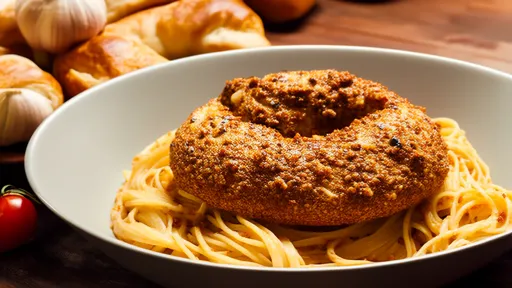
By /Aug 20, 2025

By /Aug 20, 2025

By /Aug 20, 2025
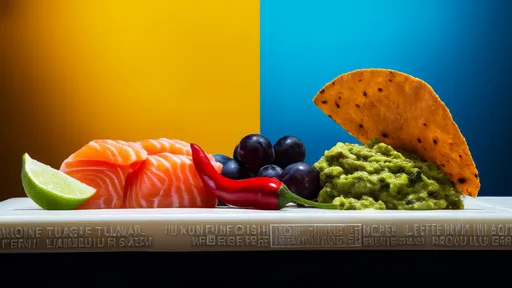
By /Aug 20, 2025

By /Aug 20, 2025

By /Aug 20, 2025

By /Aug 20, 2025

By /Aug 20, 2025

By /Aug 20, 2025

By /Aug 20, 2025

By /Aug 20, 2025

By /Aug 20, 2025
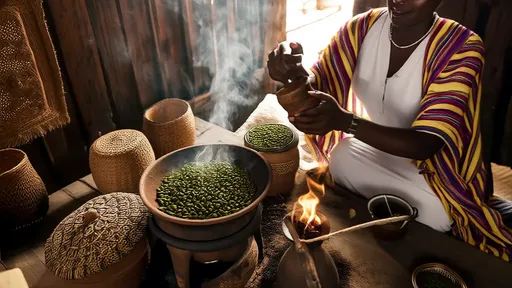
By /Aug 20, 2025
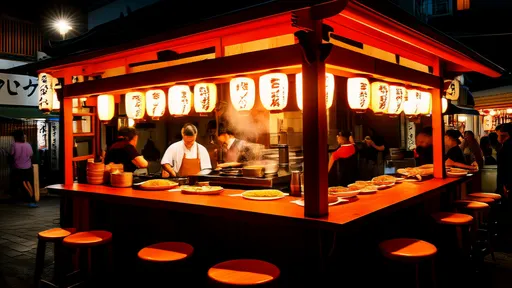
By /Aug 20, 2025
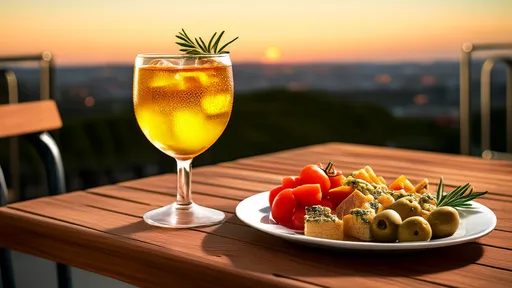
By /Aug 20, 2025

By /Aug 20, 2025

By /Aug 20, 2025

By /Aug 20, 2025
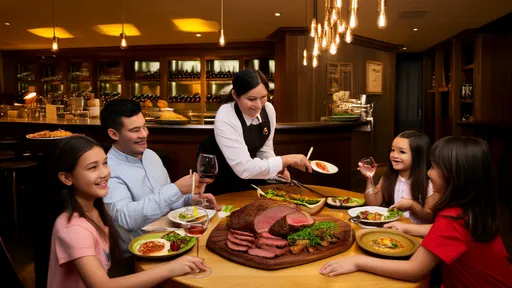
By /Aug 20, 2025

By /Aug 20, 2025